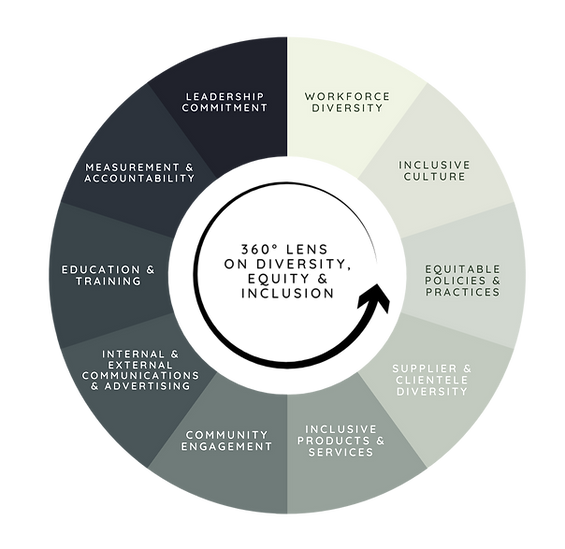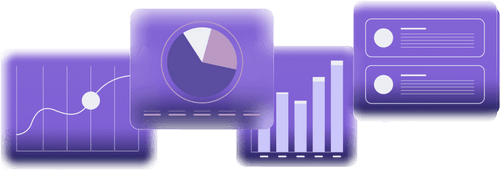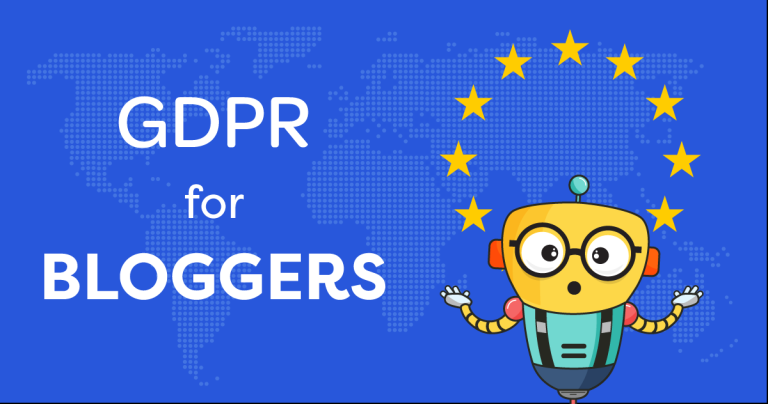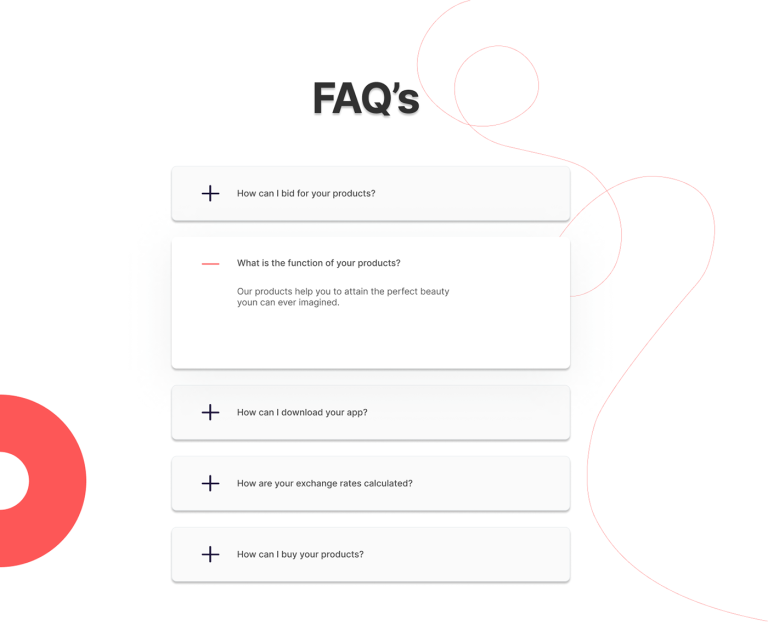
In today’s increasingly interconnected and culturally diverse world, the way content is created and shared has a profound impact on how individuals perceive themselves and their place in society. As businesses and media organizations strive to reach broader audiences, the need for DEI (Diversity, Equity, Inclusion) Content Optimization has never been more critical. This approach ensures that all content reflects a fair and accurate representation of different cultures, identities, and experiences, fostering a sense of belonging among all readers.
This article will explore what DEI content optimization means, why it matters in modern SEO and content strategy, and how to implement it effectively. Whether you’re a content creator, marketer, or business leader, understanding and applying DEI principles can help you build trust, drive engagement, and create content that resonates with a wider audience.
What Is DEI Content Optimization and Why It Matters
DEI content optimization refers to the intentional process of creating, curating, and distributing content that reflects the diversity of human experiences, backgrounds, and identities. It goes beyond surface-level representation and focuses on ensuring that all individuals—regardless of race, gender, ethnicity, disability, or other factors—see themselves reflected in the content they consume.
This is not just about inclusivity; it’s about fair representation. When content fails to reflect the full spectrum of human diversity, it risks alienating large segments of the population and missing out on valuable engagement opportunities. According to a study by Babbel, a leading language learning platform, inclusive content helps users feel seen, heard, and understood, which enhances their overall learning experience and fosters a deeper connection with the brand.
For example, the report highlights that when multilingual Australians feel represented in the news, they are more likely to trust the media and engage with societal issues. Similarly, in the context of language learning, learners who see themselves in the content are more motivated and engaged, leading to better outcomes.
In an era where search engines like Google prioritize content that aligns with user intent and values, DEI content optimization isn’t just a moral imperative—it’s a strategic one.
How DEI Content Optimization Impacts SEO Performance
The integration of DEI principles into content creation has a direct impact on SEO performance. Search engines are increasingly prioritizing content that is relevant, trustworthy, and representative of the diverse communities it serves. Here’s how DEI content optimization affects key SEO metrics:
- Improved Engagement: Content that resonates with a broader audience tends to have higher dwell time, lower bounce rates, and more social shares.
- Enhanced Trust and Authority: When content reflects diverse perspectives, it builds credibility with both users and search engines.
- Better Keyword Relevance: DEI-focused content often targets long-tail keywords related to specific demographics, increasing visibility in niche searches.
- Increased Visibility in Voice and Multimodal Search: As voice and AI-driven search tools become more prevalent, content that includes diverse voices and perspectives is more likely to be surfaced in these formats.
Moreover, DEI content optimization supports E-E-A-T (Experience, Expertise, Authoritativeness, Trustworthiness), which is a core ranking factor for Google. By showcasing diverse voices and experiences, content creators can demonstrate expertise and authority while building trust with their audience.
Step-by-Step Implementation Framework
Implementing DEI content optimization requires a structured approach. Here’s a practical framework to guide your efforts:
1. Define or Audit the Current Situation
Start by assessing your existing content to identify gaps in representation. Ask questions like:
– Are all major demographic groups represented?
– Are there underrepresented voices or perspectives missing?
– Do your content guidelines reflect DEI principles?
Use tools like Google Analytics, SEMrush, or Ahrefs to analyze traffic patterns and engagement metrics across different audience segments.
2. Apply Tools, Methods, or Tactics
Once you’ve identified areas for improvement, implement strategies such as:
– Diverse Storytelling: Incorporate narratives from a wide range of cultural, ethnic, and socioeconomic backgrounds.
– Language Inclusivity: Ensure content is accessible to non-native speakers and uses inclusive language.
– Visual Representation: Use images, videos, and infographics that reflect a broad spectrum of identities.
– Cultural Sensitivity Training: Educate your team on the importance of respectful and accurate representation.
Tools like Babbel’s DEI Glossary or Lee & Low’s Diversity Baseline Survey can provide guidance and benchmarks for your efforts.
3. Measure, Analyze, and Optimize
Track the impact of your DEI initiatives using metrics such as:
– Engagement Rates: Monitor likes, shares, comments, and time spent on page.
– User Feedback: Collect qualitative data through surveys or social listening tools.
– Search Performance: Use tools like Google Search Console or Rank Math to track keyword rankings and organic traffic.
Regularly review and refine your content strategy based on these insights.
Real or Hypothetical Case Study
Consider a hypothetical case where a global news outlet implements DEI content optimization across its digital platforms. Before the change, the outlet struggled with low engagement from multicultural audiences and limited trust in its reporting. After implementing DEI practices—such as increasing coverage of underrepresented communities, hiring diverse journalists, and using inclusive language—the outlet saw a significant increase in traffic and engagement from these groups.
Within six months, the outlet reported a 40% increase in traffic from multilingual audiences and a 25% rise in social shares from diverse communities. Additionally, user satisfaction scores improved by 30%, demonstrating the positive impact of inclusive content.
Tools and Techniques for DEI Content Optimization
Several tools and techniques can support your DEI content optimization efforts:
- Babbel’s DEI Glossary – A comprehensive resource for defining and understanding key DEI terms.
- Lee & Low’s Diversity Baseline Survey – A tool to assess the diversity of your content and team.
- Google’s Accessibility Checker – Helps ensure your content is inclusive for users with disabilities.
- Canva’s Inclusive Design Toolkit – Offers templates and guidelines for creating visually inclusive content.
- Grammarly’s Inclusive Language Feature – Highlights biased or exclusionary language in your writing.
- Social Listening Tools (e.g., Hootsuite, Brandwatch) – Help monitor public sentiment and identify gaps in representation.
These tools can help you create content that is not only compliant with DEI standards but also resonates deeply with your audience.
Future Trends and AI Implications
As AI and generative search models like Google’s Search Generative Experience (SGE) become more prevalent, the demand for DEI content optimization will only grow. These systems rely heavily on semantic understanding and contextual relevance, making it essential that content reflects a wide range of human experiences.
Future trends to watch include:
– Multimodal Content Optimization: Ensuring that text, images, and audio content are equally inclusive.
– AI-Driven Personalization: Using DEI data to tailor content to individual user preferences and backgrounds.
– Ethical AI Practices: Developing algorithms that avoid bias and promote fairness in content delivery.
To stay ahead, content creators must proactively integrate DEI principles into their workflows and continuously evaluate the impact of their efforts.
Key Takeaways
- DEI content optimization is essential for creating content that reflects the diversity of your audience and fosters a sense of belonging.
- It improves engagement, trust, and search visibility, making it a strategic priority for modern content creators.
- Implementing DEI requires a structured approach, including auditing, applying inclusive practices, and measuring results.
- Tools like Babbel’s DEI Glossary and Lee & Low’s Diversity Baseline Survey provide valuable resources for your efforts.
- As AI and multimodal search evolve, DEI content optimization will become even more critical for staying relevant and competitive.
By embracing DEI content optimization, you’re not just creating better content—you’re building a more inclusive and equitable digital world.
Meta Title: DEI Content Optimization — Ensuring Fair Representation in All Materials
Meta Description: Learn how to optimize content for DEI to ensure fair representation and foster inclusion in your materials.
SEO Tags (5): DEI content, diversity in content, inclusion strategy, equity in content, representation in media
Internal Link Suggestions: Parameter #12: PAA Question Targeting, Parameter #18: Distinct Value Proposition, Parameter #27: Contextual Internal Links
External Source Suggestions: https://www.babbel.com, https://www.leeandlow.com, https://www.globalbridgebuilders.com









